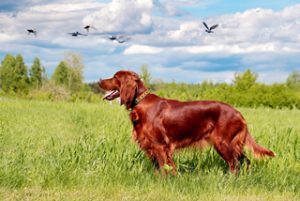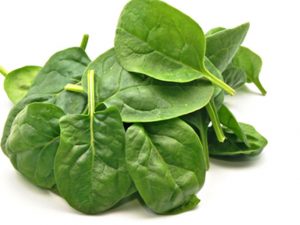Listen to this post |
 Dental disease is the most commonly diagnosed chronic disease in dogs and cats. Poor dental health is much more than bad breath. The chronic infection that ensues in the gums and the bone surrounding the teeth, from the accumulation of dental tartar causes chronic pain, immune suppression, has a direct link to kidney failure (the number one cause of death in cats, number two in dogs), and can cause heart valve infections. The importance of good dental health in dogs and cats cannot be overstated.
Dental disease is the most commonly diagnosed chronic disease in dogs and cats. Poor dental health is much more than bad breath. The chronic infection that ensues in the gums and the bone surrounding the teeth, from the accumulation of dental tartar causes chronic pain, immune suppression, has a direct link to kidney failure (the number one cause of death in cats, number two in dogs), and can cause heart valve infections. The importance of good dental health in dogs and cats cannot be overstated.
The ideal time to be proactive with dental health care in dogs and cats is early on, before dental disease devolves into bone loss, severe gum recession, bleeding, and necessitating tooth extractions because teeth and surrounding bone are in such disrepair that they are no longer viable. Not only does this head off trauma to the pet, but it is also much less costly to prevent dental disease, rather than have to react to it due to severity.
Veterinarians stage dental and periodontal disease from 1-4, stage 1 being the least severe, stage 4 being the most severe. Natural management of dental disease is often successful in managing stage 1-2 dental disease, whereas, stage 3-4 almost always requires a professional cleaning and tooth extractions to get the mouth healthy again. Below is a general overview of the stages of periodontal disease.

While nothing replaces a proper dental cleaning, when budgetary concerns or the stability of a patient under anesthesia are major concerns, Stage 1 and 2 periodontal disease may possibly be contained via proactive dental sprays and chews. Specifically, for a dental spray to be effective, it should contain grapefruit seed extract, grape seed extract, peppermint oil, and thyme oil. These ingredients can help to loosen tartar and reduce bacterial infection in the gums. These products are not FDA regulated, so be certain to read reviews!
Veterinary quality dental chews such as Greeenies, CET Chews, or Ora-Vet dental Chews are not only enjoyable for the pet, but are invaluable for massaging the gums and reducing tartar on the teeth.
Lastly, if you have a cooperative pet, regular brushing with an enzymatically activated veterinary grade toothpaste such as the one made by Vetquinol is a great way to reduce tartar and infection in the mouth.
Like people, however, there is no replacement for a regular, professional scaling and polish. In order to be properly done, it requires general anesthesia in order to protect the airway, take dental x-rays for teeth with large pockets (that may indicate dangerous and painful root disease), perform extractions if medically necessary, and to scale the inner surfaces of the teeth and back molars.
General anesthesia in an AAHA (American Animal Hospital Association) accredited veterinary clinic is very safe, so unless there are severe budgetary concerns or health concerns that make general anesthesia overly risky, be sure to engage in regular cleanings when your veterinarian recommends them.
Dr. Roger Welton is a practicing veterinarian and highly regarded media personality through a number of topics and platforms. In addition to being passionate about integrative veterinary medicine for which he is a nationally renowned expert, Dr. Welton was also an accomplished college lacrosse player and remains to this day very involved in the sport. He is president of Maybeck Animal Hospital , runs the successful veterinary/animal health blogs Web-DVM and Dr. Roger’s Holistic Veterinary Care, and fulfills his passion for lacrosse through his lacrosse and sport blog, The Creator’s Game.




